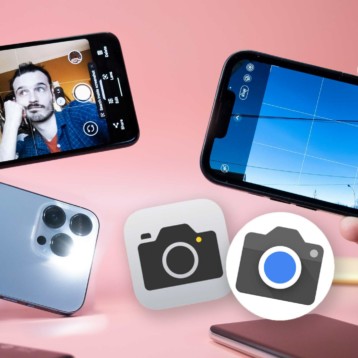
[Image courtesy Twitter]
For a long time now, gaming, in general, has been seen as quite a niche market, reserved primarily for PC and console players with more money than sense. However, in recent times, mobile gaming has seemingly taken over the industry, flooding the market with a host of new players who do not require expensive equipment in order to enjoy playing games. With this influx of new players coming into the industry, it does make one wonder: What does the future hold for mobile gaming? According to market research, a whole lot more money.
Despite being relative newcomers to the gaming industry, mobile gaming is now one of the leading sources of global gaming revenue. According to a report by newzoo.com, the tablet and smartphone sectors are set to secure a staggering 42% of the global gaming market revenue in 2017, with experts theorizing that this will swell to account for at least 50% of the expected global revenue by 2020. With these kinds of expected numbers, it should come as no surprise that many game developers in all industries, from triple A rated companies, indie firms, to even established poker corporations, are turning to mobile platforms to increase their own bottom-lines.
From applications that serve as additional services to full games, and even standalone games from gaming industry heavyweights such as Square Enix, who put extra care into their Mobius Final Fantasy title in order to make it feels like a new experience for players, to a host of popular previously PC or console exclusive titles like Microsoft’s Minecraft coming to mobile. The number of game developers that have seen the success of the mobile platform and want a piece of that pie continues to grow by the day.
In addition to this, the line between mobile gaming and console gaming is slowly becoming more and more blurred as console makers are starting to see the value in making their games more easily accessible to players on the go. The Nintendo Switch is a prime example of this, with the device targeting players on the go who want a more intense gaming experience than that which a regular smartphone could supply. Adding to this are the gaming industry’s current big sellers: Virtual Reality (VR) and Augmented Reality (AR).
While VR and AR on PC and console are still reserved for players who are willing to spend no small amount of money on a headset and machine to run VR, the mobile sector has embraced a far more user-friendly approach to this new technology.
Thanks to devices like the Google Cardboard and Samsung’s GearVR, who are currently leading the charge in terms of providing a cheap and mobile VR experience, VR and AR gaming is more accessible than ever before and, as mobile phones get more and more powerful, they equip players with even more opportunities to delve into the world of VR and AR like never before.
By combining VR, AR and the mobile platform, we have in our hands the chance to experience games like never before. In particular, AR technology is making a huge impact on the way we consume games, with titles such as Pokémon GO combining the real world with the fantasy to provide players with a new way to look at their environment. With their success has proven that gamers are willing to expand their horizons and take their gaming into the real world, we should start seeing more of this type of game coming into the market, which can only spell good things for players.
What the future of mobile gaming holds is still yet to be seen but, based on what we have seen so far, it should prove an exciting (and lucrative) ride all the same.










